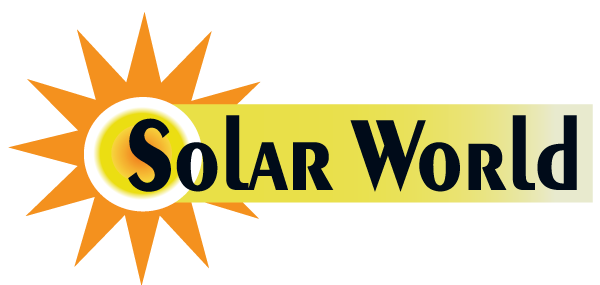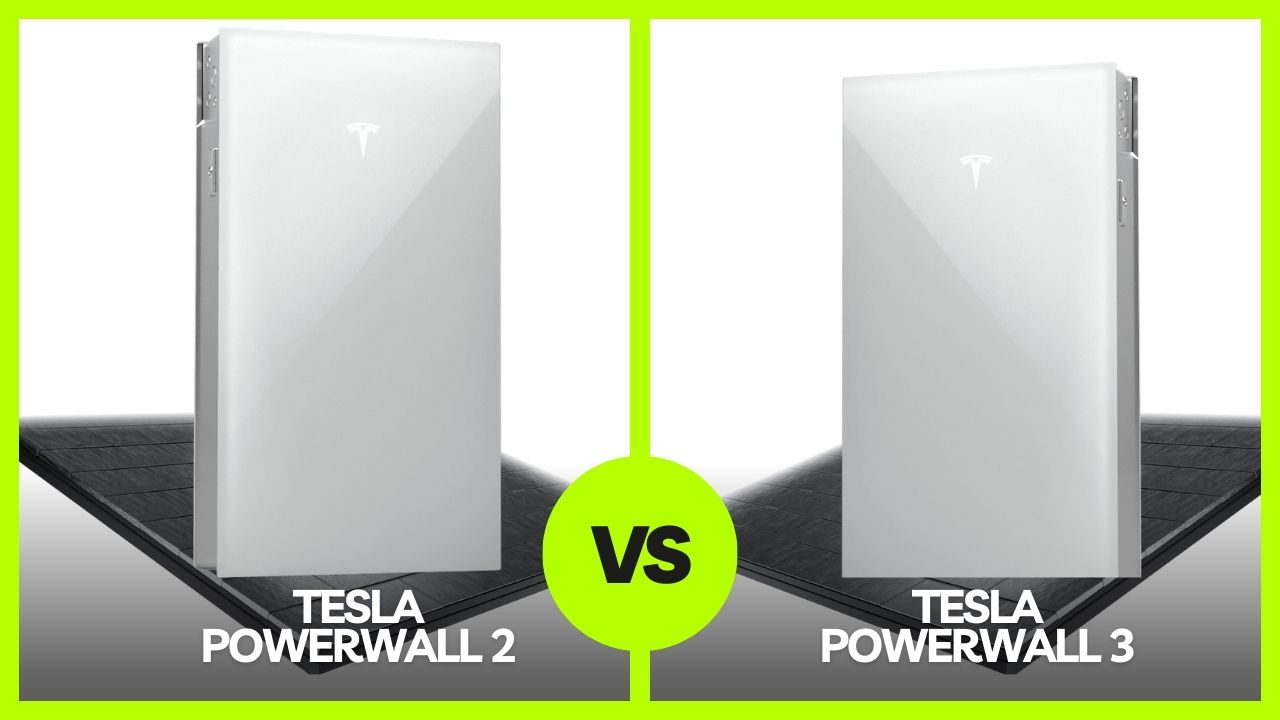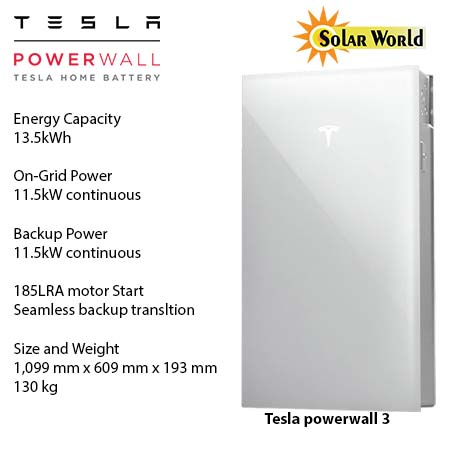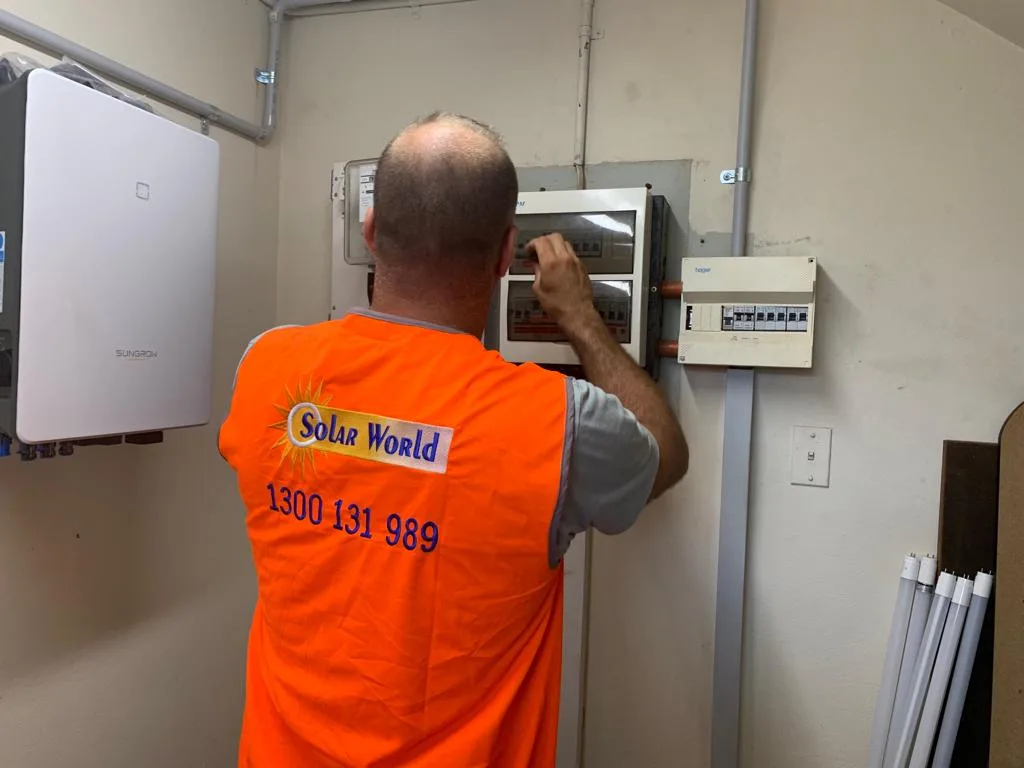Tesla powerwall 2 vs 3: A Comparative Analysis of Solar Battery Solutions
As the globe transitions to sustainable energy, Tesla continues to lead the way with its unique solar battery solutions. The Powerwall series, notably the Powerwall 2 and the recently released Powerwall 3 are designed to store energy from solar panels, providing backup power and assisting homeowners in achieving energy independence. This article examines the significant distinctions between Powerwall 2 and Powerwall 3, highlighting developments and how they affect users.
Design and form factors
Powerwall 2: The Powerwall 2 is recognised for its sleek, rectangular form, measuring 1150 mm x 755 mm x 155 mm, and weighs 114 kg (251 lbs). Its small size enables it to be wall-mounted in a variety of situations, both indoors and outdoors.
Powerwall 3: The Powerwall 3 features a more streamlined design that is somewhat thinner and taller than its predecessor. 1,099 mm x 609 mm x 193 mm and weighs 130 kg (286.6 lbs). This design consistency improves both aesthetics and installation convenience. It weighs more than the Powerwall 2, allowing for more mounting possibilities.
Tesla powerwall 2 vs 3: Energy Capacity and Usable Power
Powerwall 2: The Powerwall 2 has an energy capacity of 13.5 kWh, with a usable capacity of 13.5 kWh, meaning the entire battery can be discharged if needed. This capacity has been sufficient for most households to cover overnight energy needs or provide backup power during short outages.
Powerwall 3: Tesla’s Powerwall 3 offers an increased energy capacity of 13.5 kWh, similar to the Powerwall 2, but with improved efficiency. The Powerwall 3’s usable capacity remains 13.5 kWh. Still, the enhanced performance characteristics allow it to handle higher loads more effectively, making it more suitable for larger homes or those with higher energy demands.
Tesla powerwall 2 vs 3: Power Output and Efficiency
Powerwall 2: The Powerwall 2 has a maximum power output of 13.5 kWh1. Its round-trip efficiency—the amount of energy available after accounting for energy lost during charging and discharging—is approximately 90%. 13.5 kWh1
Powerwall 3: The Powerwall 3 increases power output by up to 13.5 kWh1. This boost increases Powerwall 3’s ability to power energy-intensive equipment like HVAC systems and electric automobiles without relying on grid power. Its round-trip efficiency has also improved slightly, with the potential to reach 92%, indicating that it can store and transmit energy more effectively than before.
Integration with Solar and Home Energy Systems
Powerwall 2: The Powerwall 2 is perfectly integrated with Tesla’s solar panels and the Tesla app, allowing homeowners to monitor and manage their energy usage in real-time. It can also be used with other solar panel brands, giving consumers with existing solar installations more options.
Powerwall 3: The Powerwall 3 takes integration to a new level, with improved connectivity to Tesla’s solar products and home energy systems. It is meant to function seamlessly with Tesla’s most recent solar solutions and to interact more easily with third-party systems, providing more comprehensive and flexible energy management options. The new software in the Powerwall 3 offers more detailed insights and greater control over energy distribution.
Tesla powerwall 2 vs 3: Backup power capabilities
Powerwall 2: The Powerwall 2 is a reliable backup power source capable of delivering electricity during outages, ensuring that essential electronics and appliances stay operational. It offers a peak power output of 7 kW and supports a 106 A motor start, making it robust enough to handle significant power demands. Additionally, the Powerwall 2 features a quick backup transition, allowing it to seamlessly provide power to the entire home or critical loads based on the homeowner’s needs.
Powerwall 3: The Powerwall 3 enhances backup power capabilities with a peak power output of 10 kW and the ability to support motor starts up to 185 A, ensuring a quick backup transition during outages. This improvement allows for a faster response time and greater power capacity, making it suitable for whole-home backup in larger residences with higher energy demands. With this increased power output, homeowners can run more appliances simultaneously without depleting the battery, ensuring a seamless and reliable backup experience.
Installation and Scalability
Powerwall 2: Powerwall 2 installation is simple, but you’ll need a qualified Tesla installer. The system is scalable, meaning several Powerwall 2 units may be connected to expand energy storage capacity, giving it a versatile option for growingenergy demands.
Powerwall 3: The Powerwall 3 installation is similar, but the new design is smaller in weight and has easier mounting possibilities. The Powerwall 3, like its predecessor, is scalable, with improved integration for multi-unit installations, enabling larger energy storage systems for homes or small companies.
Cost Considerations
Powerwall 2: The price of the Powerwall 2 has been a major selling point, mixing advanced features with affordability. A Powerwall 2 unit, with installation, typically costs between AU$12,000 and $13,000, depending on location and complexity.
Powerwall 3: While Tesla has not dramatically raised the price of the Powerwall 3, it provides better value through improved features and performance. The cost, while slightly higher, reflects the increased power output, efficiency, and integration capabilities. Prices are likely to range from AU$13500 to $15,000, including installation.
Conclusion: Which One to Choose?
The choice between Powerwall 2 and Powerwall 3 largely depends on your specific energy needs, budget, and future energy goals.
Powerwall 2: Ideal for homeowners seeking a reliable and cost-effective energy storage solution. It offers sufficient capacity and power output for most households and integrates well with existing solar installations.
Powerwall 3: Best suited for those with higher energy demands or those looking to future-proof their home energy systems. The increased power output, efficiency, and enhanced integration make it a more robust solution, particularly for larger homes or those with plans to expand their energy usage.
As renewable energy continues to evolve, Tesla’s Powerwall series remains at the forefront, providing consumers with powerful tools to control and optimize their energy use. You can install a Tesla support app to get help and service for your powerwall. Whether you opt for the Powerwall 2 or the Powerwall 3, both offer significant advantages in the journey towards energy independence.




